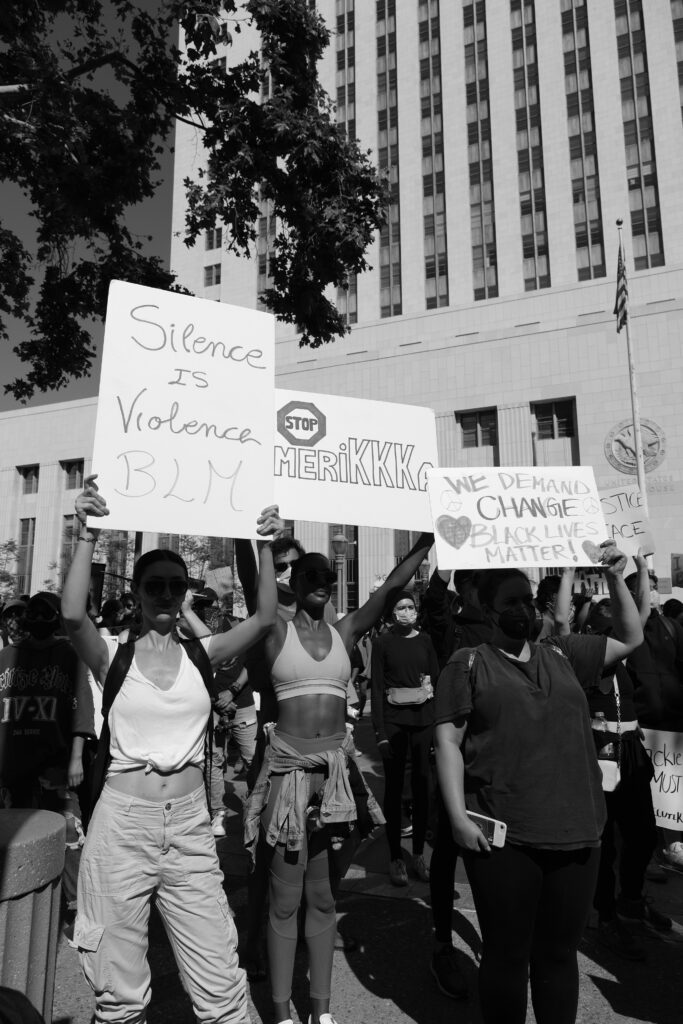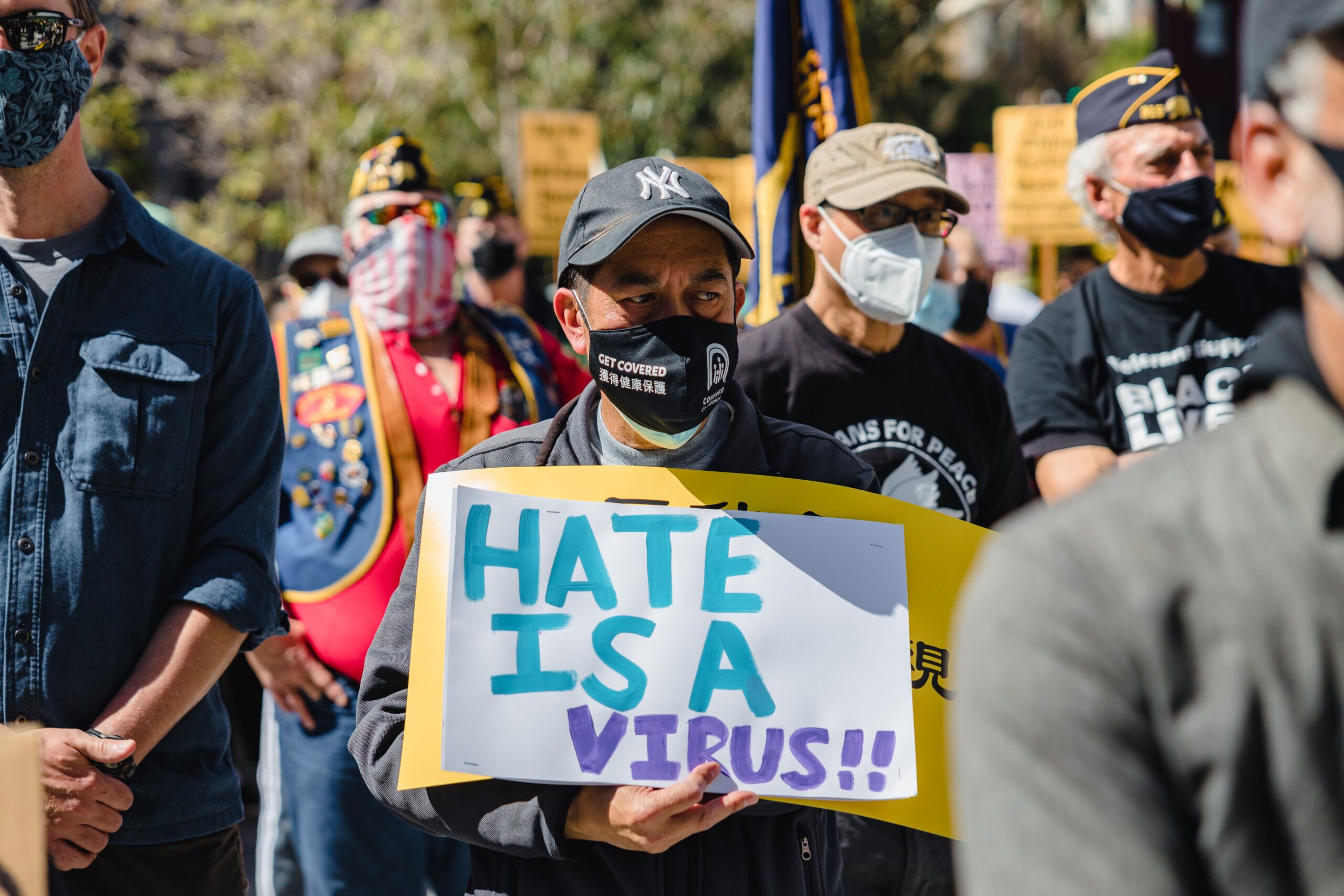In response to increasing hatred and online harassment of journalists, the Canadian Association of Journalists (CAJ) wrote an open letter to Justin Trudeau to fight back against the threat to their safety and well-being.
By Samantha Little
As part of the letter, social media organizations are being asked to improve the speed and effectiveness of social media companies’ responses to complaints of abuse.
Social media has caused many changes in the journalism industry. One of the many journalists who have seen this change is Suanne Kelman, who is a professor emeritus at the School of Journalism at Toronto Metropolitan University (TMU).
“We have entered an age of complete irresponsibility. If you own a newspaper or television station, you are answerable to someone. On social media, you are not answerable to anyone and can say things that are untrue and get away with it,” Kelman says.

Social media platforms present journalists with both personal and professional risks, such as accusations of political bias that can result in termination, doxing and threats of physical violence. Journalists of colour and women are particularly affected by this.
Angela Misri has been a digital journalist, novelist and instructor at Toronto Metropolitan University (TMU) for more than 20 years, with 14 of those years at CBC News and The Walrus as the digital director, she has experienced online harassment firsthand.
“Social media can be really hard for journalists because we put ourselves out there. I am a woman of colour. I’ve been writing for a very long time and the stuff I write about is so innocuous, but people will find a reason to attack me, basically for being a woman of colour that has an opinion,” Misri says.
According to an Ipsos poll in 2021 over 70 per cent of media workers in Canada reported experiencing harassment in the past year. The survey says, cyberbullying is by far the most common form of harassment, followed by physical attacks, threatening phone calls and in-person harassment. Online harm included vulgar and sexualized messages, sexualized images, physical threats and remarks targeting gender and ethnicity.
“People turn to social media partly because they are so dissatisfied with mainstream media that does not represent their interests and are happy to get an alternative.”
-Kelman
Many journalists have experienced hate speech and online harassment, but there are few solutions to protect them. “When I first took some pretty violent and horrible tweets that were directed at me, I took them to a police officer and his advice was to get off the internet,” Misri says.
According to the open letter to Prime Minister Justin Trudeau, there have been several cases of reporters reporting harassment incidents to police, but they’ve encountered difficulty reporting them, having to wait hours on the phone and were treated insensitively and dismissively. This not only discourages victims from complaining but also exacerbates their trauma.
To prevent this, police forces are being urged to take immediate steps to address the current incidents and to work with organizations to combat the abuse of journalists.
Social media has also changed how the news is consumed. In the past, people relied on newspapers and television for information. Now, journalists can share their reporting instantly with the use of the internet so consumers can access the content through a variety of channels, such as websites, video platforms and social media without needing to work for a news organization.
“People turn to social media partly because they are so dissatisfied with mainstream media that does not represent their interests and are happy to get an alternative,” Kelman says.
Internet access has given anyone the ability to become an author. The world has become a stage for anyone to express their opinions and social media has given everyday citizens the ability to contribute to news content, disseminate information, counter the news and even publish their content with biased reporting and unverified information with no formal education in journalism.
This is causing the risk of the news shared being untrue. Fake news is information presented as news that is inaccurate or misleading. In most cases, fake news is intended to damage reputations or generate advertising revenue for people or organizations.
A study conducted by Ipsos Public Affairs in 2019 for the Centre for International Governance Innovation (CIGI) found that 90 per cent of Canadians have fallen victim to fake news online, with most citing Facebook as their main source of misinformation
Julie Smith is a communications instructor at Webster University, where she has taught media courses at the Missouri-based institute for more than 15 years, she is an expert in fake news. “Journalists have a much tougher job today than ever before. People are less likely to trust journalists now because there is so much BS floating around, and it’s very difficult for people to distinguish what is real and what is online crap,” says Smith.
The spread of fake news on social media is almost impossible to avoid. However, there are ways to identify fake news that the population should be privy to. “If you see something that causes a wide range of emotions, that’s the first clue. Then, if there’s a photograph that has been reused or recycled, you also want to check the source and then do something called lateral reading,” Smith says. The process of lateral reading entails checking the validity, relevance, authority, accuracy and purpose of a source while reading it.

Online journalism is also causing fewer people to read printed newspapers. According to Statista, the internet was the leading media outlet used by Canadians for news, with 77 per cent going online for news on a typical weekday compared to just 42 per cent reading news in print publications. The losing battle with Google and Facebook over ad revenues has led nine urban daily newspapers across Canada to stop printing on Mondays beginning Oct. 17.
Although there are many downfalls to the change in journalism, there are also benefits and many people have turned to social media to follow the news, including students. “Social media such as Tik Tok stands out from other media outlets because it is straight to the point, rather than a long article that can be very draining,” Jadeon Suri, an HVAC student at Humber College, says.
“With no doubt in my mind, this is the future of gaining information in a fast and fun way,” he says. News online is also much more convenient for the audience since they can always access the latest news, wherever they are and filter it according to their preferences.
Journalists have also found it easier to do their jobs with online journalism. “The benefit of social media for journalists is that you can reach out to anyone, and easily gather sources,” Misri says.
In a matter of seconds, online sources can provide society with a synopsis of events as they unfold, providing quick, accurate and efficient reporting of breaking news. Online journalism has also made it possible for journalists to communicate with their audiences 24 hours a day.
Although journalism is constantly changing it will always be needed to provide citizens with information so they can make the best decisions for their lives, their communities and society.
This being said as online journalism grows, journalists will have to find ways to integrate new technologies, platforms, and tools into their repertoire in order to appeal to their audience.
Journalists who received public hate online
- Well known reporter Lisa LaFlamme was let go from Bell Canada in September. This was a shock to all causing an ongoing hate campaign against Canadian journalists since last year.

- Fatima Syed works for organizations such as the Walrus, the Toronto Star, and CTV news. Syed has received over 100 messages of hate while working for CTV and says the hate mail often follows reports she files on ethnic and immigrant communities. However, the messages are rarely about the issues raised in the articles she writes.


